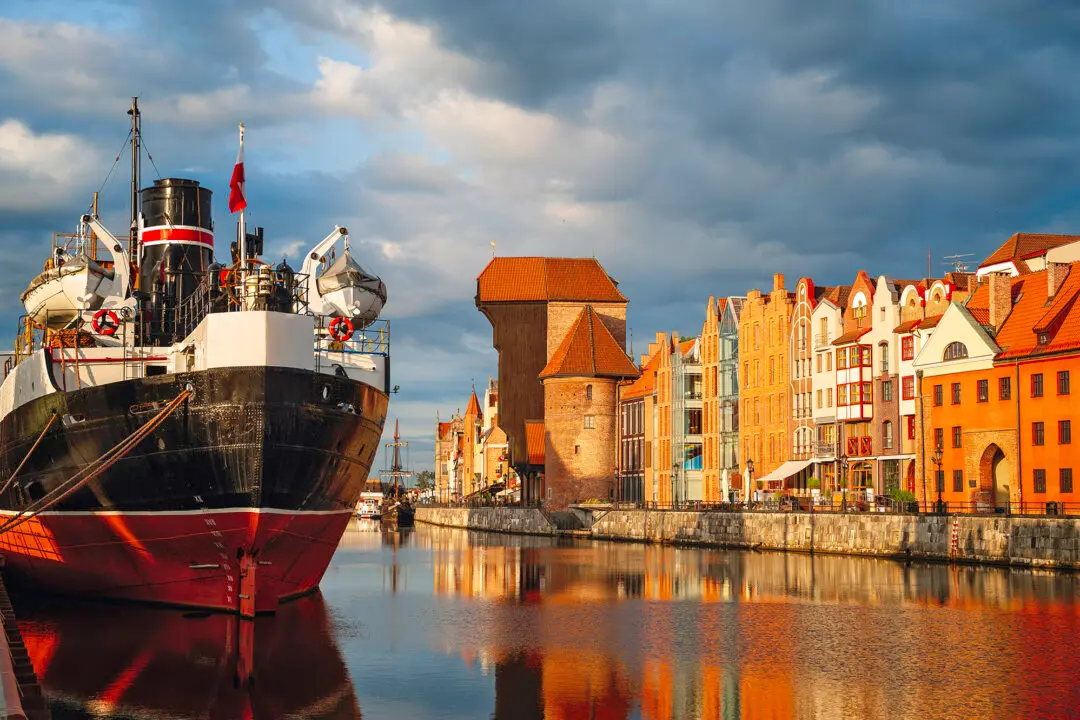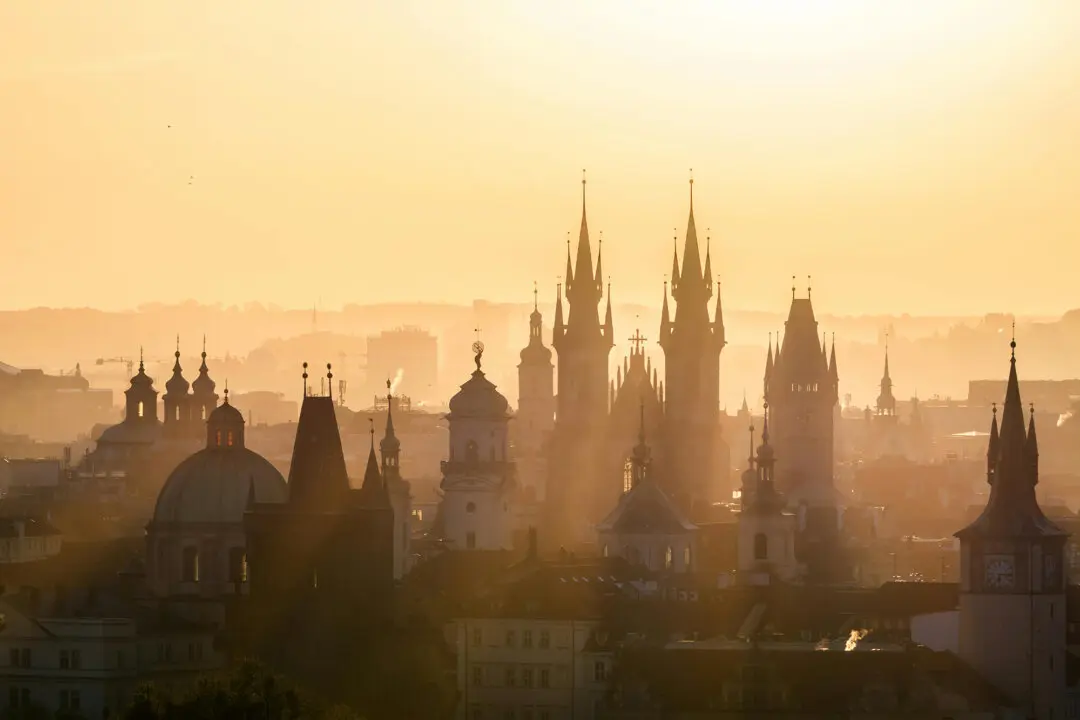As we press deeper into the rainforest, further down an undulating path, under an ever-denser, darker canopy, the creepy-cool creatures reveal themselves, one at a time.
First, a giant morpho butterfly, its wings flashing bright purple, skimming just above the path, and our heads, fluttering in a rush, like it was late for an appointment. Then, off to the right, a black, spiny-tailed iguana, just hanging out on a tree limb.





